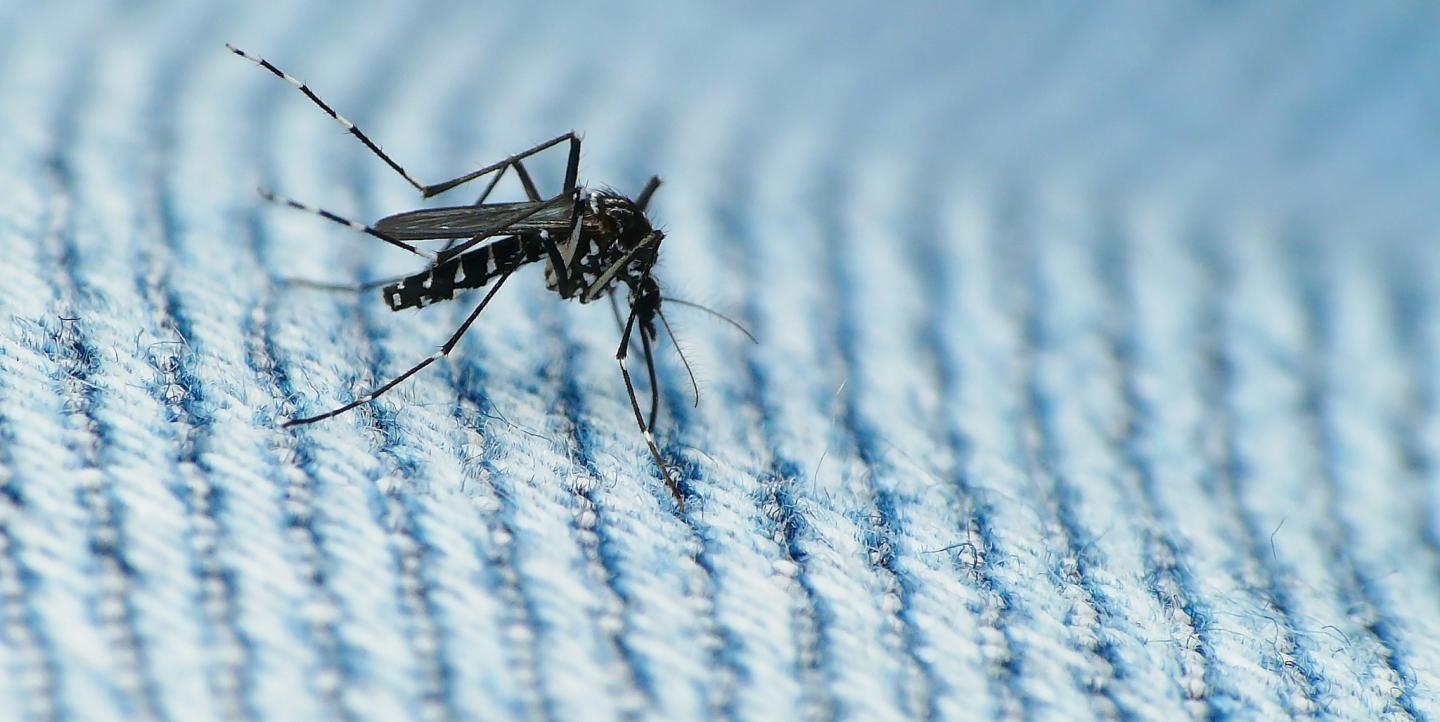Armed with US$1.1 billion in federal funding, top health officials are outlining strategies to combat the Zika virus that surfaced in the United States earlier this year. Journalists should also be in a planning mode.
After widespread outbreaks of the mosquito-borne illness in Brazil and other Latin American countries, the World Health Organization (WHO) declared Zika a “public health emergency” and warned millions more cases could be on the horizon.
According to the Centers for Disease Control and Prevention (CDC), Zika has spread to 25,000 people in the U.S. and its territories. Florida was the first state where the virus was found in mosquitoes.
There is a frightening reality: Women who contract Zika during pregnancy can be at risk of having babies with underdeveloped brains and skulls. Images of these newborns have swept the internet. Recent research suggests the virus may lead to neurological problems in adults, as well.
For the media, reporting the causes and perils of the disease is a delicate balancing act.
“I don’t know of any journalist who sets out to scare people, but reporters may unintentionally alarm their audiences with shoddy coverage of Zika – a virus that entered a frenzied news cycle that may lead to panic and ineffective overreaction,” wrote the Poynter Institute’s Al Tompkins in a February post.
“Watch the language you use in your reporting,” the former investigative reporter warns. “Be especially careful not to use words like ‘crisis, scare, emergency, deadly’ unless it is part of a quote. Then explore whether the words really hold up under examination.”
The bottom line: “Cover the story, but don’t make it worse than it is,” wrote Tompkins.
With that in mind, IJNet gathered resources for fair and accurate coverage of this growing health menace. Regular CDC and WHO reports are a given. Among others that can help:
“The spread of Zika virus: A roundup of visualizations” from Storybench, a media program at Northeastern University, provides examples of how Zika-related data can be presented in creative, visual ways. Maps show how the virus spreads, its effects on tourism, and a graphic on how mosquitoes become infected with Zika and transmit it to humans.
“A guide to effective Zika coverage: How to better inform the public,” a downloadable guide from the Annenberg Public Policy Center at the University of Pennsylvania, can also be of use to journalists. The guide explains three principles of effective coverage and offers examples of best practices for print, broadcast and online coverage. Among its tips: Communicate consequential information, link to CDC, WHO or other credible sources of information and visualize prevention.
“3 lessons for covering the Zika virus going forward” from the Columbia Journalism Review advises: Challenge official comments with independent viewpoints, use statistics carefully and focus on mosquitos rather than the virus. There are quotes from a reporter covering Zika for STAT, the Boston Globe-owned health sciences site, on the importance of mosquito control in vulnerable areas.
The Center for Infectious Disease Research and Policy at the University of Minnesota, Minneapolis provides an extensive collection of Zika resources, including news stories, medical reports, information from health organizations and a list of people and organizations on Twitter to follow.
Looking for experts on the Zika virus in your area? The CDC provides a comprehensive guide to state and territorial health departments.
Main image CC-licensed by Flickr via coniferconifer.


